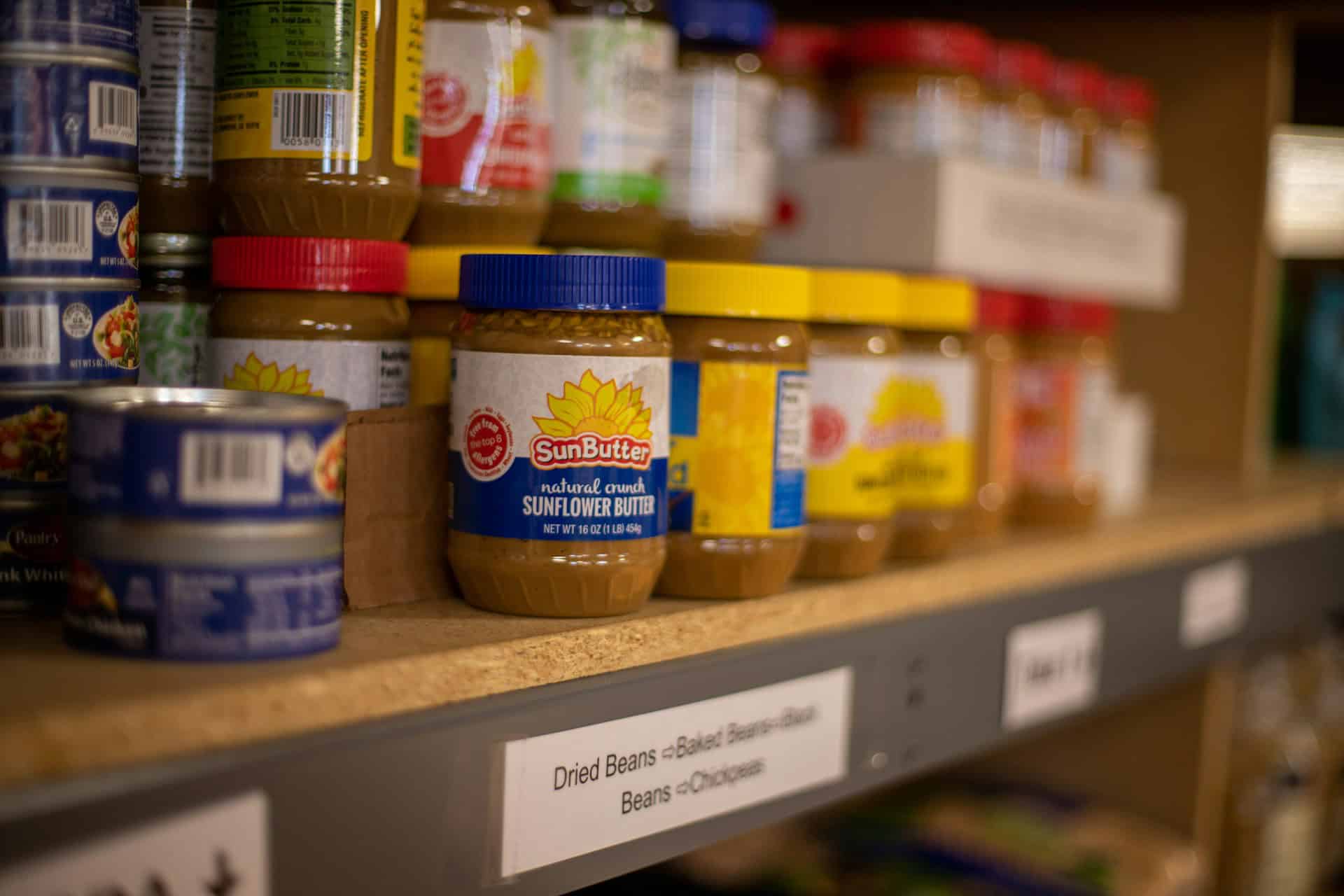
Question: Is a walk-in pantry a good idea?
Answer: A walk-in pantry is a good idea. They offer excellent storage and organization, but requires sufficient space. It’s a great addition if you have a large family or frequently buy in bulk, improving kitchen functionality and boosting home value.
Walk-In Pantry Benefits and Drawbacks
Is a walk-in pantry a good idea? This question occupies many homeowners’ minds. A dedicated food storage space offers undeniable appeal, but it comes with practical considerations. This article examines the advantages and disadvantages of a walk-in pantry, helping you decide if this feature suits your needs.
Storage Solutions: Maximizing Space
Walk-in pantries provide ample storage. They accommodate bulk purchases, small appliances, and infrequently used cookware. Homeowners appreciate the designated area for food organization. Shelving customization allows for efficient space utilization. Vertical space maximization increases storage capacity. Deep shelves hold large quantities of goods.
Walk-in pantries offer more than just storage space; they offer a dedicated area for organizing and managing household supplies. Unlike traditional cabinets, a walk-in pantry allows you to categorize items, ensuring easy access and reducing the time spent searching for specific ingredients or products. This dedicated space also provides a practical solution for storing bulk purchases, seasonal items, and infrequently used appliances, freeing up valuable space in your main kitchen area.
Click here for more information on a kitchen cabinet refinishing service
Related Article: What is a Hidden Pantry Called?
Related Article: How To Make a Cool Pantry?
Cost Considerations: Budgeting for Your Pantry
Building a walk-in pantry adds cost to a home construction or remodel project. Materials, labor, and design fees contribute to the overall expense. Existing space conversion may present a less costly alternative to new construction. Homeowners must balance the benefits with their budget.
Assessing the cost-effectiveness of a walk-in pantry requires considering both the initial investment and long-term value. While the upfront expenses can be significant, the increased storage capacity and improved organization can offer lasting benefits. By reducing food waste and streamlining shopping habits, a walk-in pantry can contribute to long-term cost savings. Consider the potential resale value increase as well; a well-designed pantry can be an attractive feature for future homebuyers.
Related Article: What is a Parsons Pantry?
Related Article: What is a Batwing Pantry?
Space Requirements: Assessing Your Home’s Layout
Walk-in pantries require dedicated space. Homeowners must evaluate their floor plans. Smaller homes may lack sufficient area. Careful planning ensures efficient use of available square footage. Alternative storage solutions may prove more practical in limited spaces.
When evaluating your home’s layout for a walk-in pantry, consider its placement in relation to the kitchen workflow. Ideally, the pantry should be easily accessible from the main cooking area, minimizing steps and maximizing efficiency. If your home lacks dedicated space, consider alternative solutions like utilizing a closet, repurposing a section of the laundry room, or optimizing existing cabinet space with pull-out shelves and organizers.
Related Article: Is There a Difference Between a Pantry And a Larder?
Related Article: What is in an Italian Pantry?
Design Options: Personalizing Your Pantry
Walk-in pantries offer design flexibility. Homeowners can choose shelving styles, door types, and lighting. Custom features enhance functionality and aesthetics. Open shelving creates a visually appealing display. Closed doors offer a more streamlined look. Integrating the pantry’s design with the kitchen’s style maintains a cohesive aesthetic.
Beyond the functional aspects, a walk-in pantry offers an opportunity to express personal style and create a visually appealing space. Consider incorporating decorative elements like wallpaper, paint, and stylish lighting fixtures to enhance the pantry’s aesthetic. You can also customize the shelving and storage solutions to reflect your specific needs and preferences, creating a pantry that is both functional and visually appealing. Think of incorporating elements like chalkboard walls for grocery lists, or designated areas for specific types of food.
Related Article: What is a Chef’s Pantry?
Related Article: How Do Chefs Organize a Pantry?
Maintenance and Upkeep
Maintaining a walk-in pantry requires regular cleaning. Homeowners must prevent clutter buildup. Proper ventilation prevents spoilage. Regularly checking expiration dates reduces food waste. Organizing shelves and containers ensures easy access.
A well-maintained pantry not only looks good but also functions efficiently. Implement a regular cleaning schedule to prevent dust and debris accumulation. Ensure proper ventilation to maintain optimal storage conditions and prevent food spoilage. Regularly check expiration dates to minimize food waste and maximize the value of your grocery purchases. Organize shelves and containers to maintain order and ensure easy access to items.
Conclusion
A walk-in pantry offers significant benefits for homeowners seeking organized food storage. Ample space, improved accessibility, and design flexibility enhance kitchen functionality. However, cost and space considerations require careful evaluation. By weighing these factors, homeowners can make informed decisions about incorporating a walk-in pantry into their homes. [ 1 ]
References
1. https://www.forbes.com/sites/houzz/2016/09/23/the-pros-and-cons-of-walk-in-vs-cabinet-pantries/

Blue Malue Get in touch with Blue here.
